
|
|
|
|
|
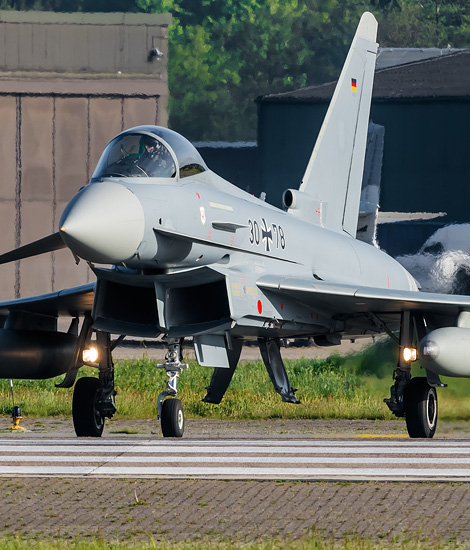
|
Austrian Eurofighters in Germany; Wittmund, May 15, 2017
Intensive Training Above the North-Sea; Text and Photograph's by Alex van Noye
In the period from May 5 until May 15, 2017, there would be no less than seven Austrian EF2000 Eurofighters present on the German air base Wittmund in the north of the country. Wittmund is home to the Taktisches Luftwaffengeschwader 71 (TLG-71) (Richhofen), which is also equipped with the EF2000 Eurofighter.
It is noteworthy that the Austrians have sent seven aircraft to Wittmund, because that is almost half of the fleet. The Austrian Air Force only uses fifteen EF2000 Eurofighters. The Austrian fighter planes are all stationed at Zeltweg Air Base in the middle of the country. The Austrian Air Force has been flying the EF2000 Eurofighter since 2009. The Eurofighter is the successor to the Saab J35o Draken, which was phased out in 2005. The Drakens had served for more than fifty years within the Air Force of Austria. Initially, the Eurofighter was not immediately available for the Austrians caused by several delays in the Eurofighter program. The gap between 2005 and 2009 was eventually filled with twelve leased Northrop F-5E Tigers. These fighter aircraft were leased from the Swiss Air Force for a period of four years. The choice for the Eurofighter was a choice in Austria which was not supported by everybody in the country due to the high purchase cost of the aircraft. When the purchase of the Eurofighter became final, the first six aircraft were built in Germany. To accelerate the delivery of the Eurofighter to Austria, the last nine received aircraft of the German Luftwaffe were sold to the Austrians. These aircraft are recognizable by their construction number, because the series begins with the letter "G" which stands for Germany. Ultimately, the last Eurofighter was delivered on Zeltweg on September 24, 2009. The Germans received the nine Austrian Eurofighters, which were built later. These aircraft are identified in the German inventory by the letter "A" in the construction number which stands for Austria.
The Austrian Eurofighters are all assigned at the Uberwachungsgeschwader at Zeltweg Air Base. This unit consists of two staffels, namely the 1 Staffel and the 2 Staffel. The Austrian Eurofighters are recognized by a red roundel with an inverted white triangle in it. The EF2000s of the Austrian Air Force are numbered from 7L-WA to 7L-WO. Austria was the first non-development country which bought the Eurofighter.
|
|
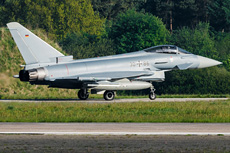
|
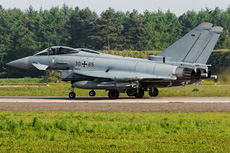
|
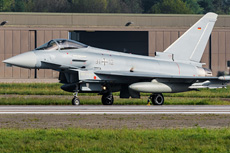
|
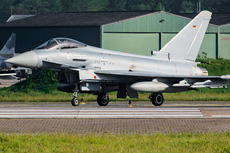
|
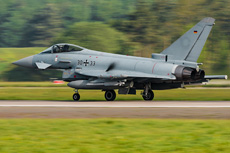
|
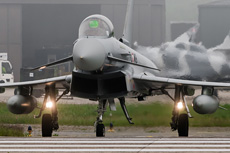
|
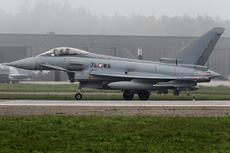
|
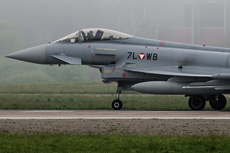
|
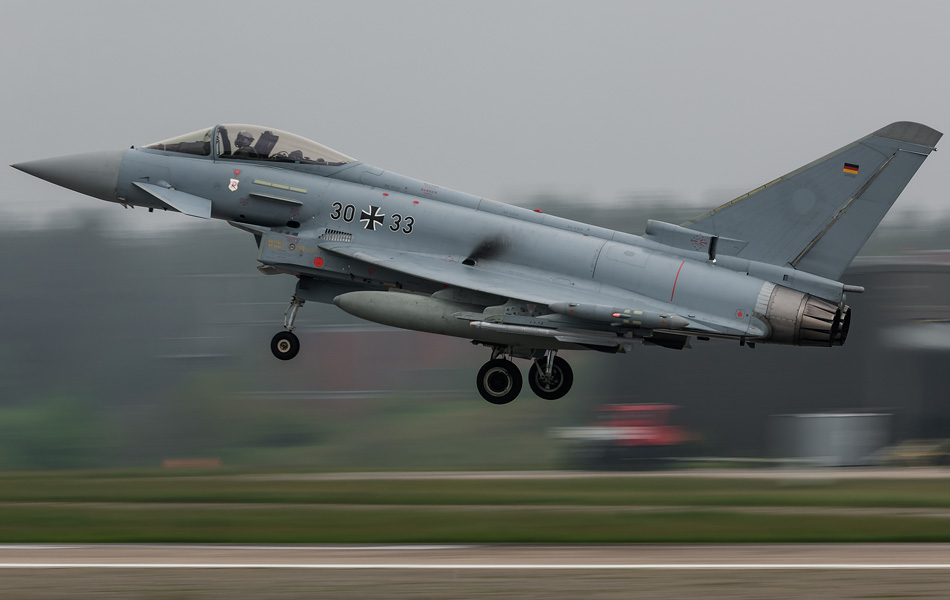
|
The Eurofighters were shown first to the public by the Austrians during the Airpower airshow on Zeltweg in 2009. During the Airpower Demo, two Eurofighters flew a simulated interception of a C-130 Hercules. At that time there was also a Eurofighter on the static show. In the first years in which the Austrians flew with the Eurofighter, the aircraft was only flown within the national borders. The Austrian Air Force pilots were trained and converted to the EF2000 Eurofighter in Germany at Laage, where the German Eurofighter training is stationed. The first pilots had completed their training at the end of 2008 and could enter operational service in Austria. The Austrian Eurofighters are used exclusively in the air defense role. The Austrian Eurofighters are of the Tranche 2 standard. This means that the aircraft are not able to carry ground arms. It is a policy in Austria that the country has only a number of fighter planes to defend its own country against unwanted intruders. The Austrians therefore only have air to air weapons in their arsenal. There is still a which to update the aircraft to the Tranche 4 standard which makes the EF2000 able to carry ground weapons, but this is a very expensive update for the country.
After years of training and simulation in Austria, it was time for the Austrian Eurofighters to practice against moving air targets. The Austrians have come to the German air base Wittmund for this specific training. It is the first time that the Austrians perform training like this in foreign countries since the country flies the Eurofighter. At Wittmund there are a number of A-4N Skyhawks operated by the civilian company Discovery Air Defence. This company is from Canada and has been stationed on the German airbase since 2015. Discovery Air Defence provides air forces with low-cost training alternatives which the German Luftwaffe has been using already for many years. The A-4N Skyhawk is used by this company in the role of aggressor. In addition, these small fighter planes also have a target towing pod. With this pod, other aircraft can practice in the air with the onboard cannon on moving targets. In the air, the A-4N pilot will release a big red flag on a cable more than 300 meters behind the aircraft. Other aircraft can fire on this flag with the onboard gun. After the flight, pilots are able to analyze on the ground how many bursts of the cannon have hit their target successfully. Pilots learn with this training how the dynamic behavior of a bullet is on a moving object. This training is usually of great value for fighter pilots and it is also a very cheap way of training.
The preparations for the Austrian detachment on Wittmund lasted in total more than one year. Despite the long preparations, the Eurofighters landed in Wittmund within 80 minutes after leaving Zeltweg. During the pilot training, the Austrian Eurofighters will fly mainly above the North Sea. The aircraft will fly to an area above sea which is north of Helgoland located which is near Jever. This area is an active shooting range, where the German Luftwaffe can usually shoot on air targets. The seven Eurofighters would on average fly one mission a day from Wittmund. The detachment was supported by the Discovery Air Defence A-4N Skyhawks. In total, four of this organization's Skyhawks would fly to tow the targets. The Skyhawks would take off daily to take their position in the target area. The Eurofighters would then join the Skyhawks in pairs for the cannon firing training. The detachment consisted of more than 130 Austrian soldiers. A total of thirteen containers were brought per truck from Austria to Wittmund. The deployment was also supported by a C-130 Hercules which transported the remaining material and the majority of the personnel to Wittmund. Originally, the exercise was scheduled until May 19, but due to early successes the goal of the exercise was already reached on May 13. For this reason, the Austrians left home on May 15 instead of the planned date May 19.
|
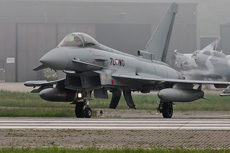
|
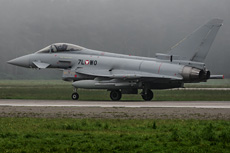
|
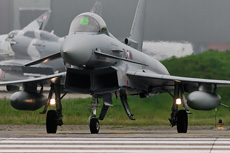
|
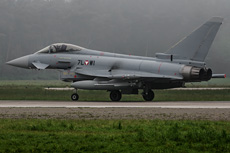
|
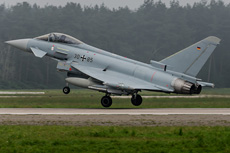
|
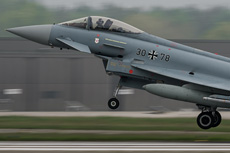
|
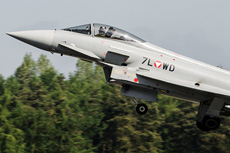
|
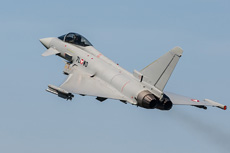
|
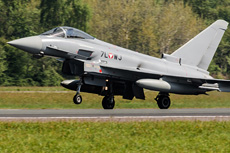
|
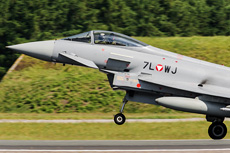
|
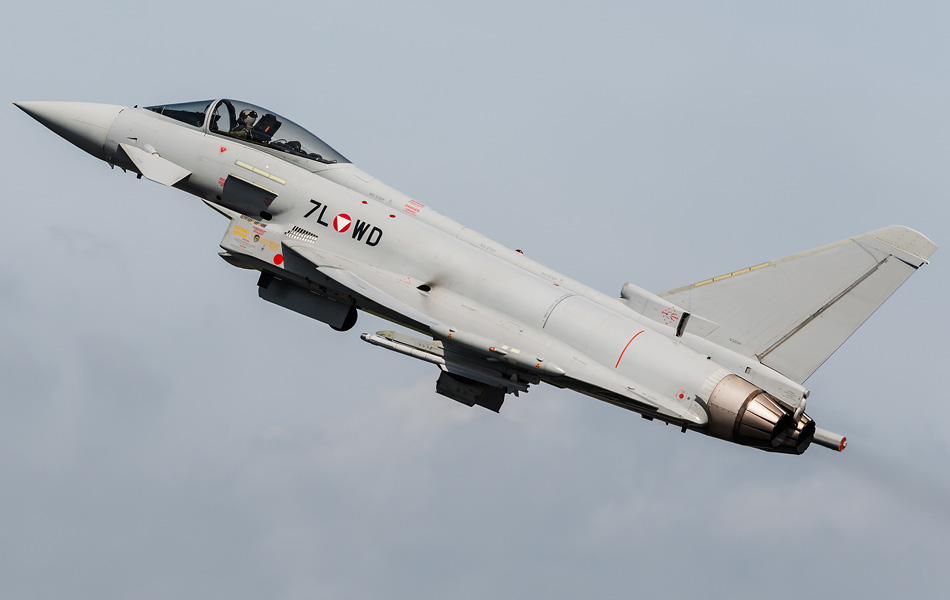
|
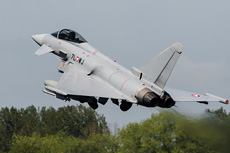
|
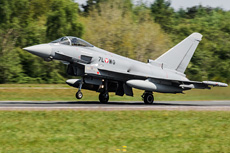
|
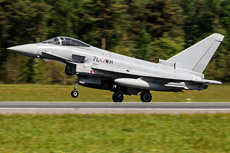
|
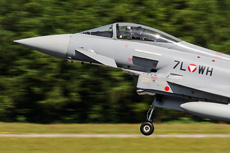
|
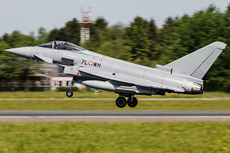
|
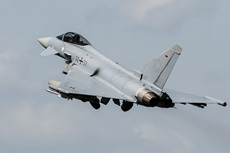
|
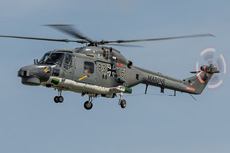
|
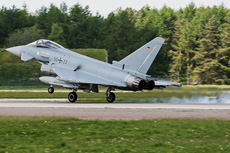
|
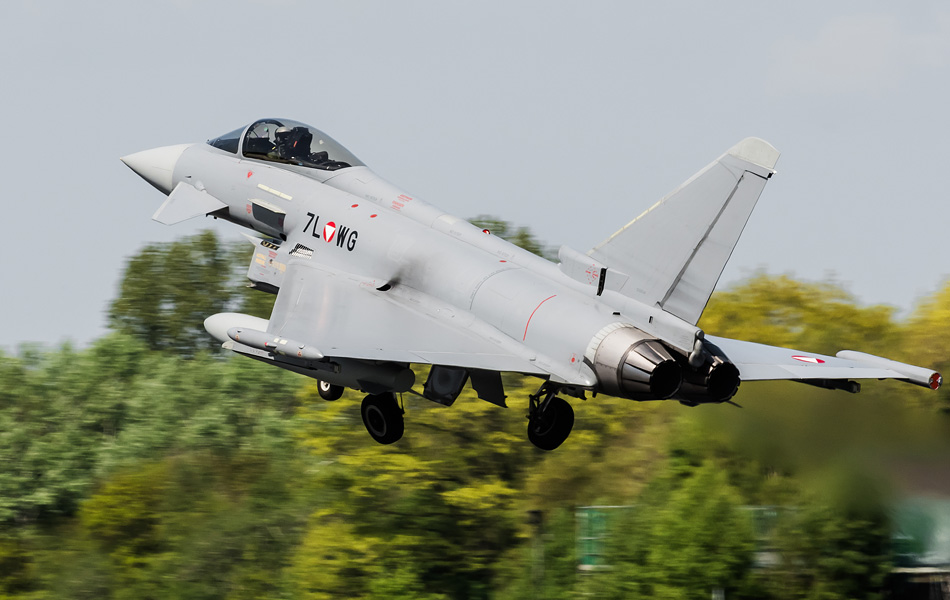
|
|
|

|







